Silent Angel Bonn N8 Pro and Bonn NX Ethernet Switches and Genesis GX Clock
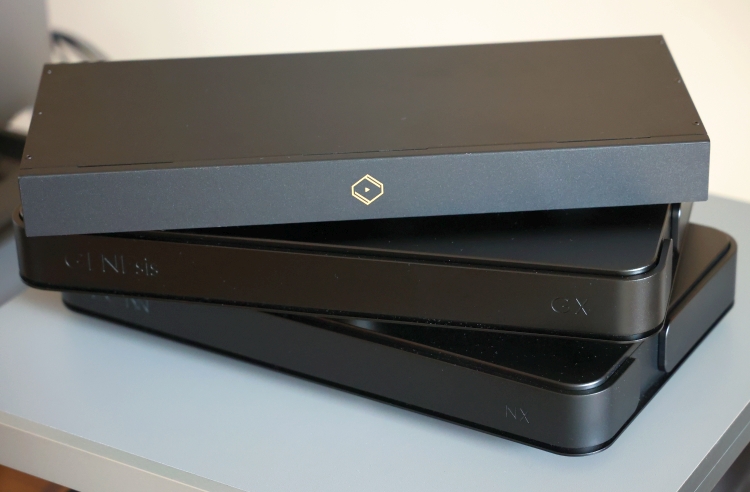
Review sample supplied by Dimex
Retail Prices (incl VAT):
Bonn N8 Pro: 1.199 euro
Bonn NX: 3.499 euro
Genesis GX: 3.299 euro
In this review, I will compare the Silent Angel Bonn N8 Pro Ethernet Switch with the new Bonn NX Ethernet Switch, first on its own and then augmented by the Genesis GX Word Clock.
Bonn Network Switches enable an isolated “Network Ecosystem” to create an independent low-noise, low-interference HiFi audio zone that effectively separates your audio devices from household traffic and reduces the degradation of network broadcasting storms and latency caused by bandwidth-intensive activities from PCs and other devices. This is said to result in greater signal purity with lower noise, distortion, and increased resolution of fine detail.
Silent Angel Bonn Network Switches are said to be optimized for Music Applications. I’m not sure what that entails, but the Roon infrastructure, high-resolution streaming services such as Tidal, Qobuz, Spotify, and playing music collections from NAS (Network Attached Storage) are explicitly mentioned. Lastly, Bonn Switches are said to work well with multiple brands, including QNAP, Synology, and WD NAS. Frankly, it’s what one would expect from any Network Switch, but it is reassuring to know they are compatible with your choice of NAS.

Bonn N8 Pro Switch
As the name implies, the Bonn N8 Pro is the pro version of the entry-level N8 Ethernet Switch. The most apparent difference between the two is the larger casing for the pro model that also comes with detachable “ears” for mounting it in a 19″ rack. The standard N8 works with an external Wall-Wart power adaptor, whereas the larger Pro chassis has room for an elaborate Radar-Grade internal switching power supply.
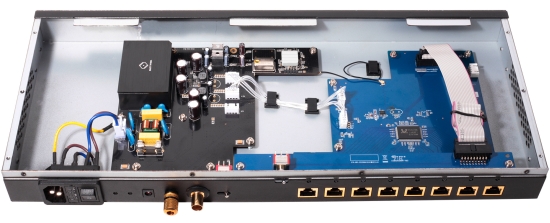
There is a high isolation common-mode choke circuit, followed by a two-fold power supply that feeds the clock and switch system separately with optimized circuitry for each task. The regular N8 already has a 0.1 ppm TCXO (Temperature Compensation Crystal Oscillator), and this part does not appear to be different for the N8 Pro. Other differences include a Gold-Plated Ground Terminal, Gold-Plated Gigabit Ethernet Ports with physically spaced-out ports to reduce possible signal interference, and Switchable LED status lights on the back.
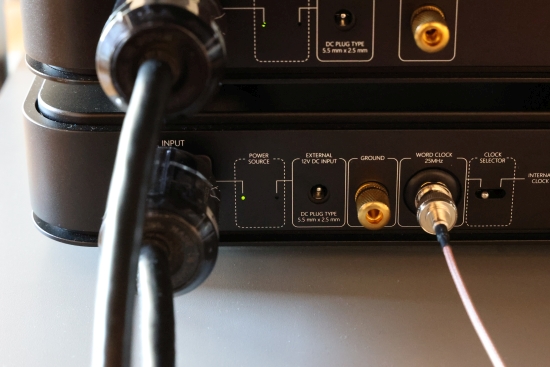
Although the N8 Pro has its own power supply on board, it can optionally be powered with 12-volt DC supplied by the Silent Angel’s Forester F2 linear power supply to further improve power delivery.
The N8 Pro is available in two versions: the N8 PRO-CLK with a 10MHz external Word Clock input and the N8 PRO without. I have the version without external clock input for review.
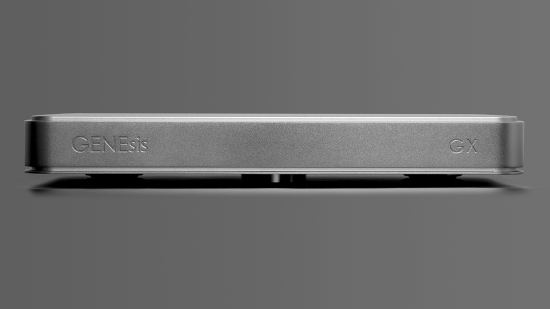
Also available in silver, highlighting their curvy shape beautifully
Bonn NX Switch
Visual aesthetics are a very personal matter but I really like the new curvaceous yet clean styling. Its chassis is a dual-layer design: the inner layer is galvanized steel while the outer layer is thick, high-quality aluminum alloy. With serious heft to it, the build quality is on an entirely different level compared to the N8 and N8 Pro. This construction is said to maximize shielding and control of eddy currents while damping vibration and noise.
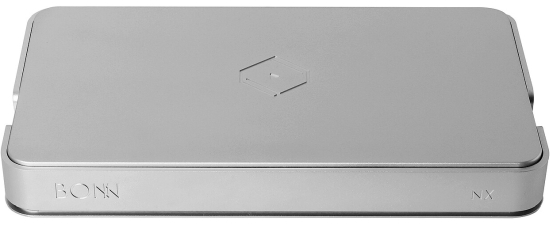
Given that the functionality and specifications are identical between the N8 Pro and NX, one might assume the NX is basically a re-packaged N8 Pro. I asked importer Dimex about this prior to the review and I was assured that the NX is a very different product. I have not opened the products, but after comparing the inside images found on another online audio review website, it looks like the same PCBs were used, although the NX has two crystal oscillators, whereas the N8 Pro has only one. Possibly, this has to do with the external clock input option. In any case, it’s certainly possible there are other changes at the component level that do not stick out in the pictures. Of course, the true proof of the pudding will be in the eating.
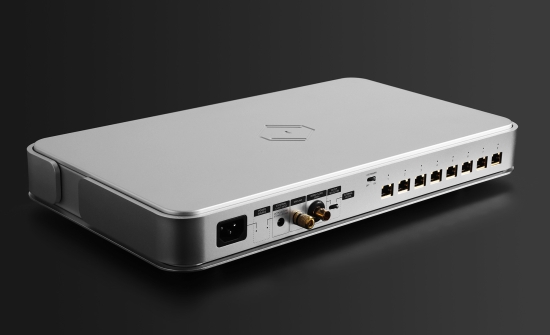
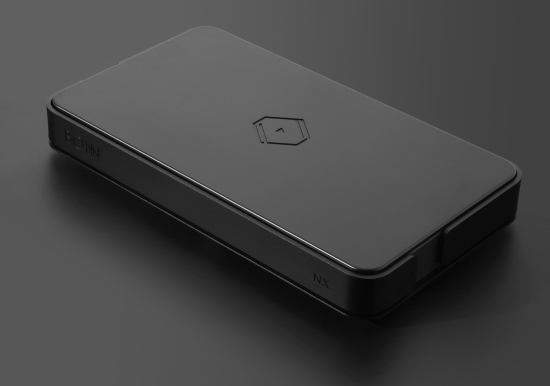
Incidentally, while browsing for NX info, I noticed that there has apparently been a version of the NX with a blue LED in the cutout at the bottom edge. My sample does not have this, which I think is a good thing as many people, myself included, find bright blue LEDs quite distracting.
Next: Genesis GX Clock
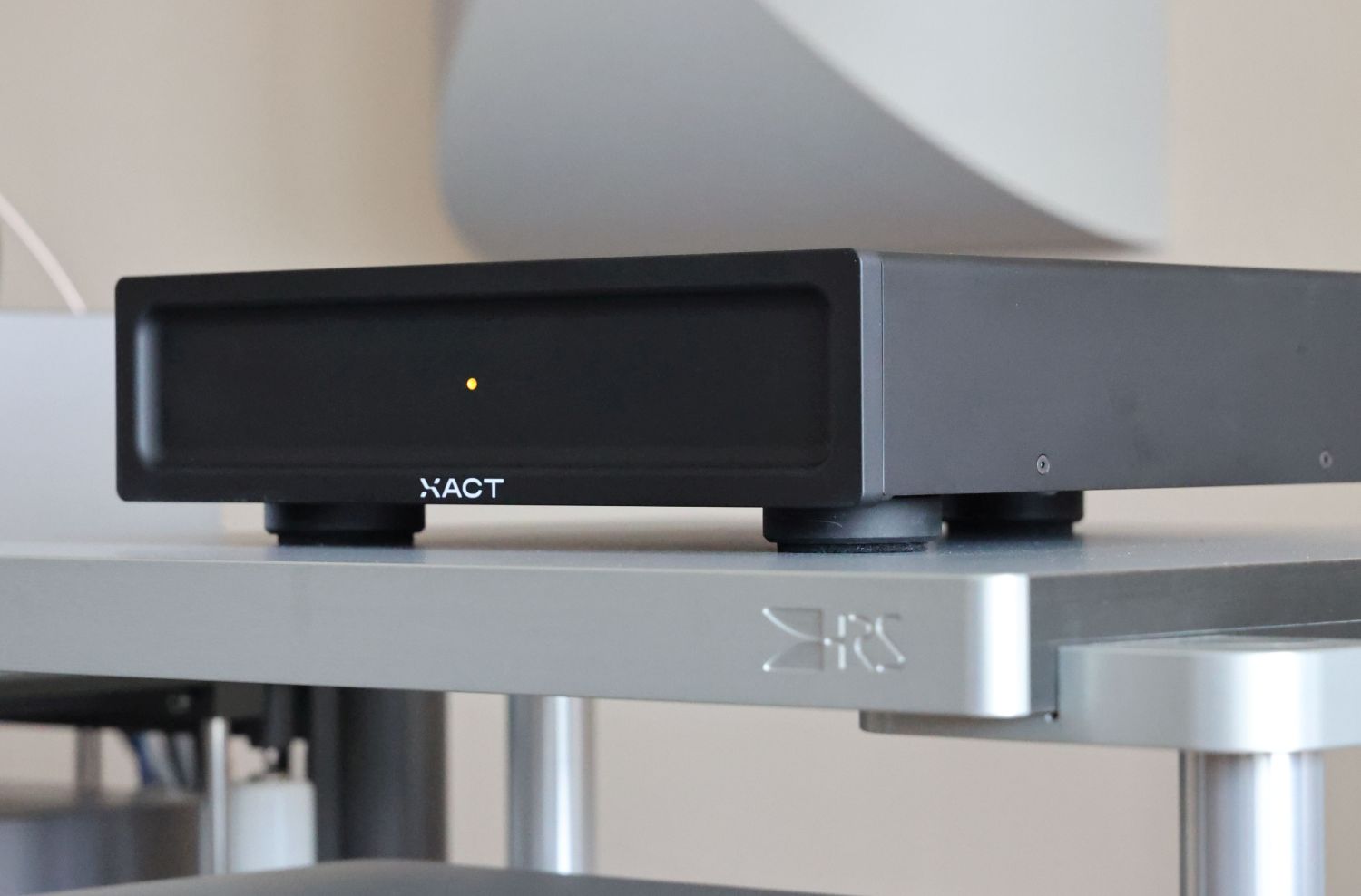
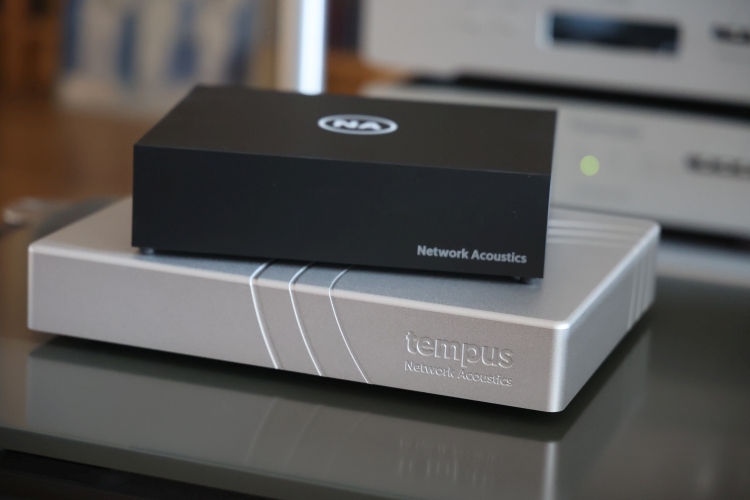

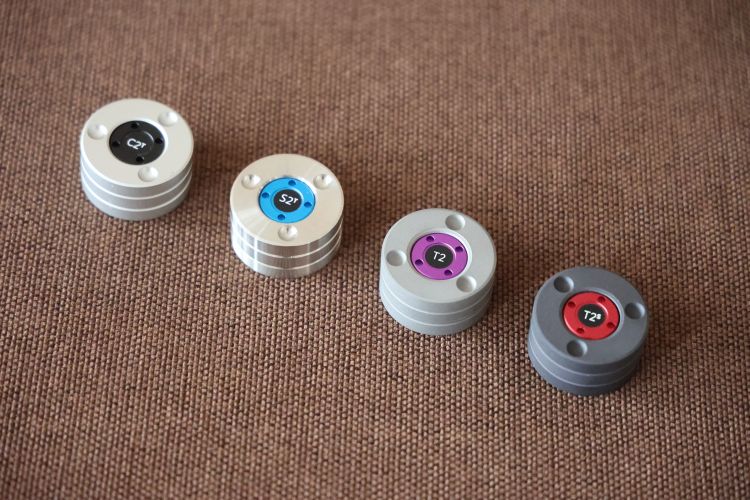
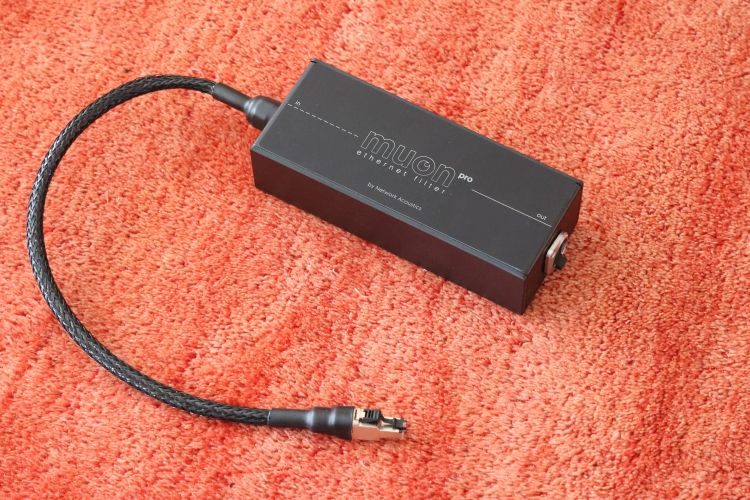
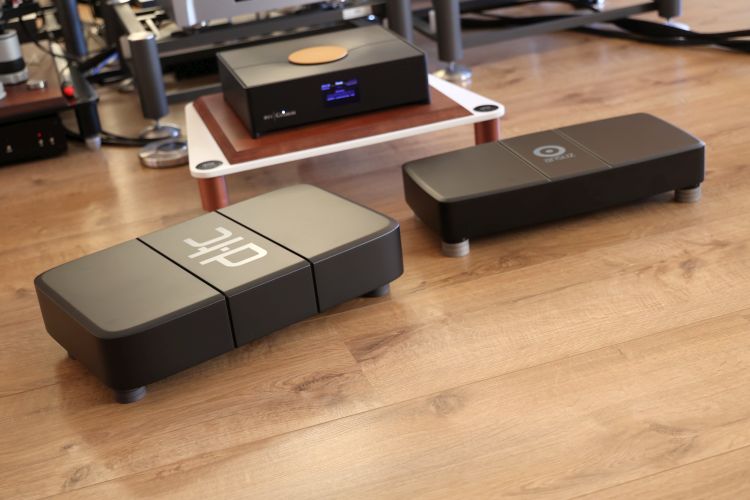
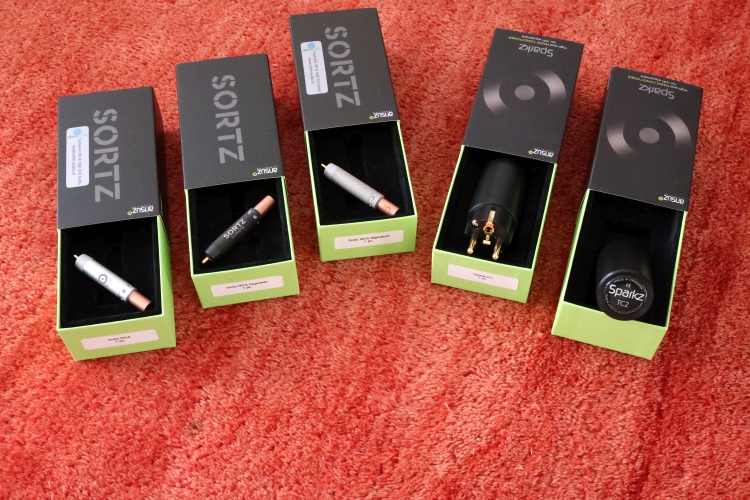
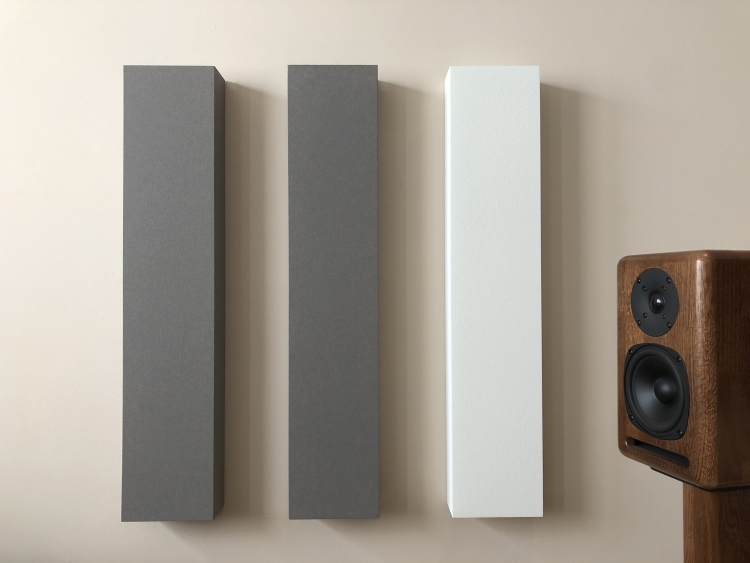
Thank you for the feedback, Christiaan.
I fully agree with your assessment that networks and switches are crucial elements that cannot be overlooked. I think in digital audio you cannot “not have Interference” where the network signal travels an interference inevitably affects the signal transmission across the network and ultimately the sound quality.
Unfortunately even the choosen material and build of the clock cable can significantly impact sound quality as various users have experienced. It never ends! But that is a good thing, isn’t it?
Best regards,
Paul
P.S. The manufacturer is Silent Angel, as you’re well aware, but at the end, you referred to it as NA.
Hi Paul, indeed, everything matters! Thanks for the tip, I’ve now corrected the error!
Hi Christiaan I’m keen to hear your views on the NX plus GX vs the network acoustics combo (tempus, muon pro) – if you could only have one, which would it be? Thanks! Damien
They are pretty much opposites: the Silent Angel robust, dynamic, and down-to-earth and the Network Acoustics lean, lush, and airy. There is no “best”, only a more or less ideal combination with the given setup. But perhaps most of all, personal taste will be the deciding factor and your preferences need not be the same as mine. That said, as mentioned in the review, I have ordered the NX + GX for myself and made the combo a HFA Favorite.
Hey Christian, just curious—since the Greek reviewer only tested the MKII and didn’t compare it to the previous LPS, and others have noticed the MKII is quite a bit better, I was wondering: he kept the Tempus + Muon Pro and sold his Telegärtner M12. Considering that, and the much higher price of the Silent Angel NX + GX, do you think the MKII upgrade might change your take on Tempus + Muon Pro vs Silent Angel?
Hi Michael, that’s impossible for me to say without having heard the MkII. That said, the Silent Angel and Network Acoustics products are sonically almost opposites. One smooth, fluid, and free-flowing, and the other tight, crisp, and expressive. For me, the utmost crispness and expression is preferrable, even if this means less fluidity, magic, and refinement than I know to be possible, and that is why I use the SA combo. But that does not mean that I feel other switches should aspire to the same goal. All switches I heard have their own approach, and many of them offer something unique. I can’t say any approach is “best”, only that one works better for a given person’s preferences and system, than the other.
Hi! I have a few questions:
“Bonn Network Switches enable an isolated “Network Ecosystem” to create an independent low-noise, low-interference HiFi audio zone”
Can you explain what this means? I looked on Silent Angel’s website, but there’s no technical information available about the switch.
“that effectively separates your audio devices from household traffic”
That’s what any Ethernet switch will do.
“and reduces the degradation of network broadcasting storms”
Not sure what this means, but by definition all switches will forward broadcasts to all ports; so many things would break if they did not.
“and latency caused by bandwidth-intensive activities from PCs and other devices.”
Any switch will do this. MUST do this, in fact, or it’s not a switch. If my PC is engaged in moving a lot of traffic, no devices in my audio rack will ever see it.
It still baffles me that you have CH Precision components and yet only use a Magico S1. What’s up with that?
It’s a question I get more often. It is not that I do not want to upgrade, but I have not yet succeeded in finding speakers that work better for me than the S1 MkIIs across the board. I tried the S3 MkI and S3 MkII, and while they outperformed the S1s in the bass, they performed less well in a few other areas. I have high hopes for the S3 MkIII, but so far, have not been able to compare it directly to the S1 MkII.
Hi Christian, I’ve only just read (and enjoyed) your various network switch reviews. I guess it’s a little unfair to the manufacturers to make comparisons, you were very positive about the Ansuz switches plus various upgrade paths/components but have opted to purchase the Silent Angel offerings – can you shed any light as to why you made that choice?
Thanks
Guy
Hi Guy, it is a matter of system synergy and personal preference. In my system, I prefer components that provide the maximum solidity and dynamic impact. The Silent Angel components are not as airy, ethereal, and refined, nor as magical, as the Ansuz units, but they do provide a super-robust, impactful, and solid sound.
Hola ! La fuente de poder modelo Forester básico , reemplaza a Equipos Puritan que regulan voltaje y limpian la corriente doméstica ? Si fuera asi y efectivamente hace los mismo que un Puritan , el Forester Básico puede ser conectado a más de un aparato que necesite corriente?
Saludos